Drill bits come in all sorts of sizes and materials, and the options can be a little overwhelming. Here's how to choose the correct drill bit size for your screw!
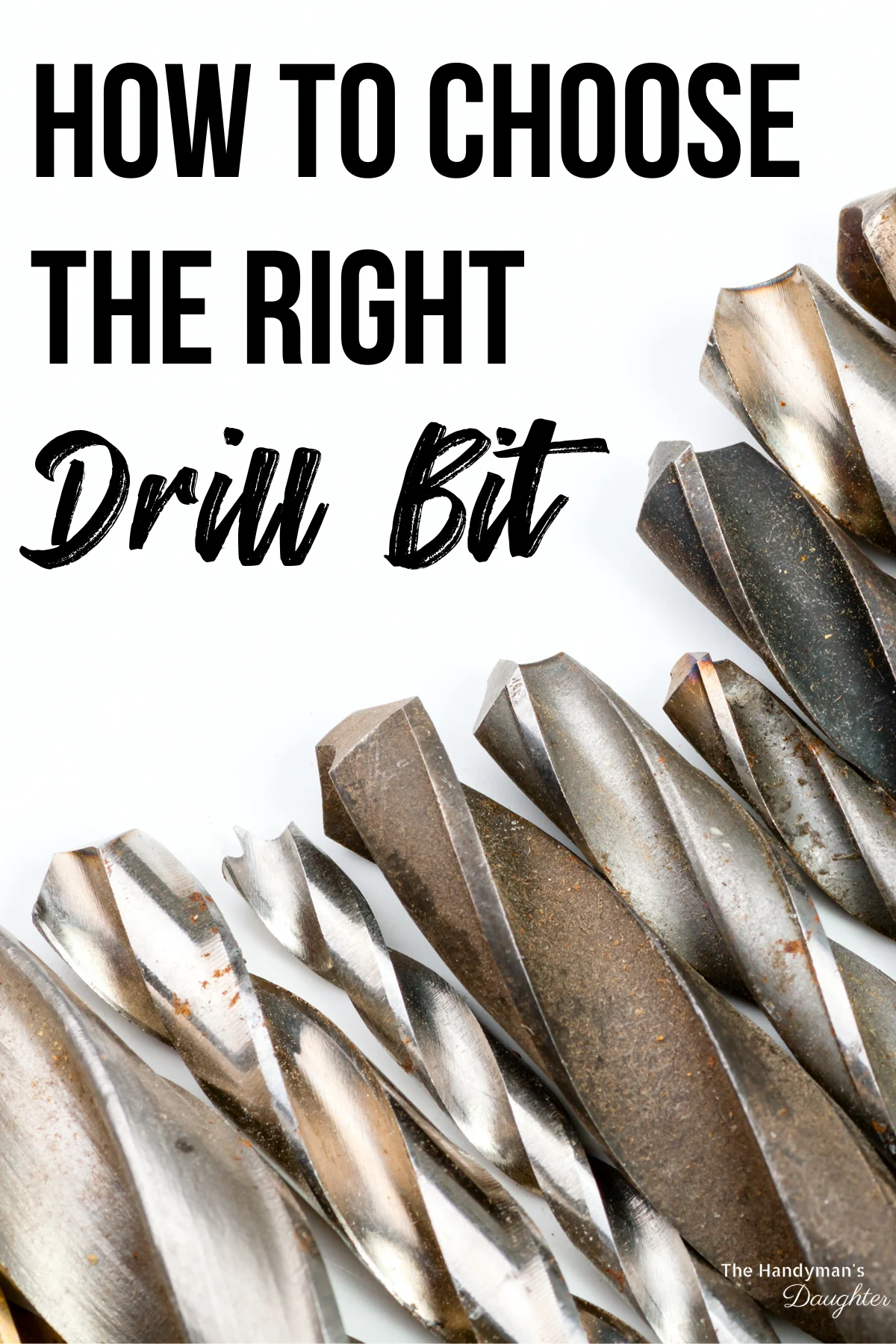
Drill bits are used in a variety of projects, from creating pilot holes in wood to prevent splitting, to installing drywall anchors to prevent shelves from falling down. But if you choose the wrong size, you may be doing more harm than good!
Determining the right drill bit size comes down to three factors: the dimensions of your screws, the type of hole you're drilling, and the material you're drilling into.
I'll show you how to decide which drill bit to use in different situations, and discuss some nuances when choosing the right one for the job.
This post contains affiliate links for your convenience. Purchases made through these links may earn me a small commission at no additional cost to you. Please visit my disclosures page for more information.
Compare the Drill Bit to the Screw
The easiest way to determine the drill bit size is to compare the drill bit to the internal diameter of the screw. You don't want to use the threads (the spiral part) in your comparison, or you'll remove all the wood those threads will bite into!
Just imagine all the threads fell off your screw (making it look sort of like a nail!) Match this non-threaded diameter with the drill bit.
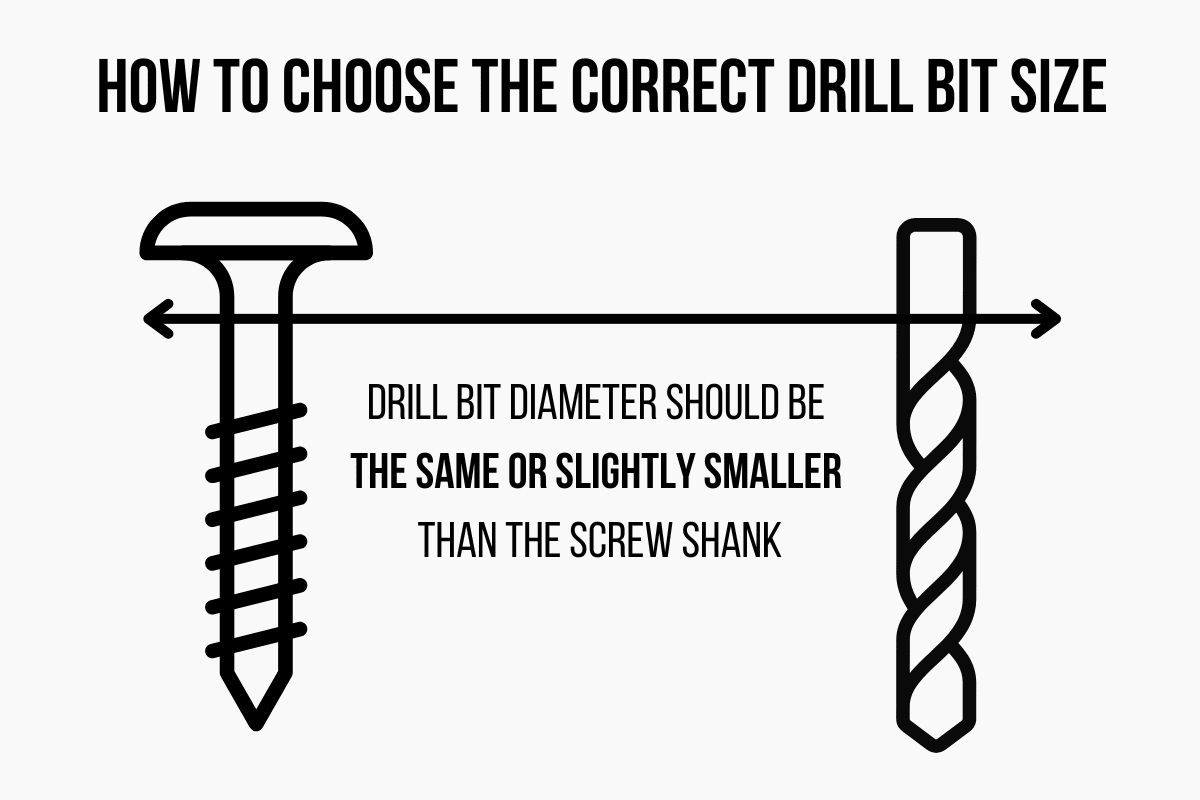
Comparing the diameter is easier on a wood screw that has an exposed shank at the top. Just hold the screw and the drill bit between your fingers and feel if there's a difference in thickness. I find this method more accurate than judging by eye!
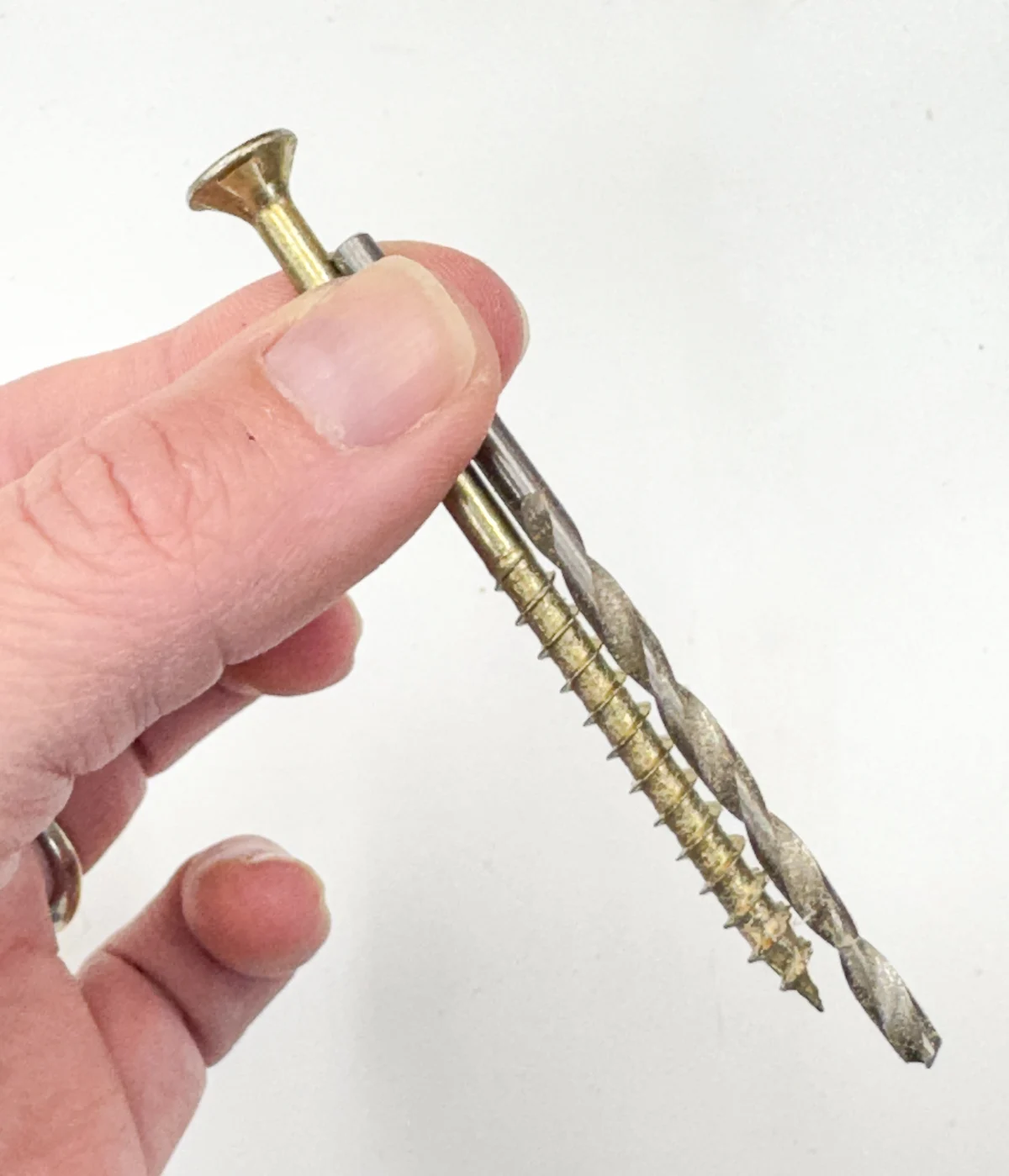
With screws that have threads all the way up, you can just eyeball it. It's better to err on the side of the bit being too small and going up a size later if you're having trouble driving the screw into the hole.
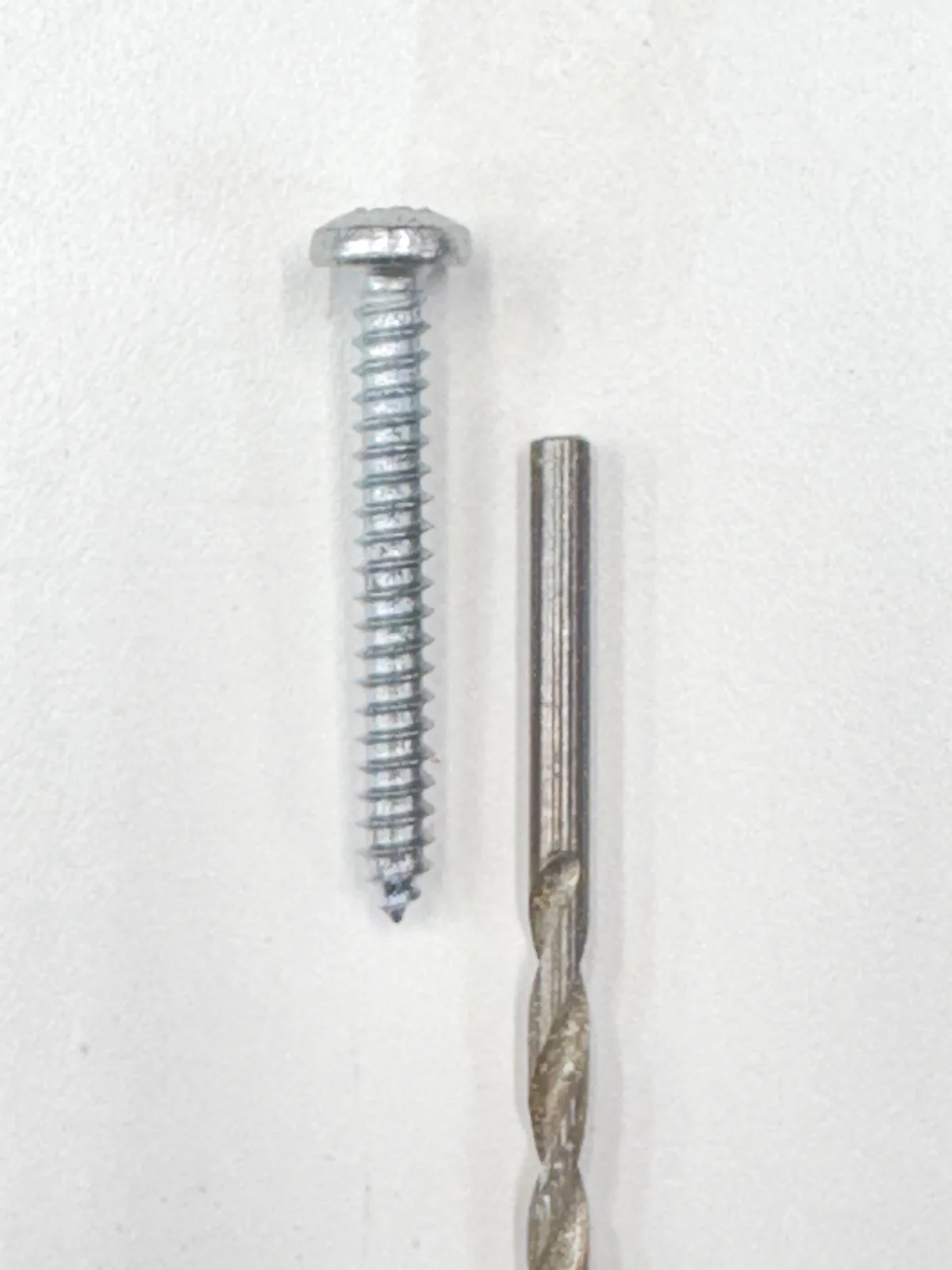
Use Digital Calipers
Not everyone has calipers laying around, but they can really come in handy when you need a precise measurement! I keep one in my table saw stand drawer to determine the width and depth of dados and grooves, but they're great for screws and drill bits too!
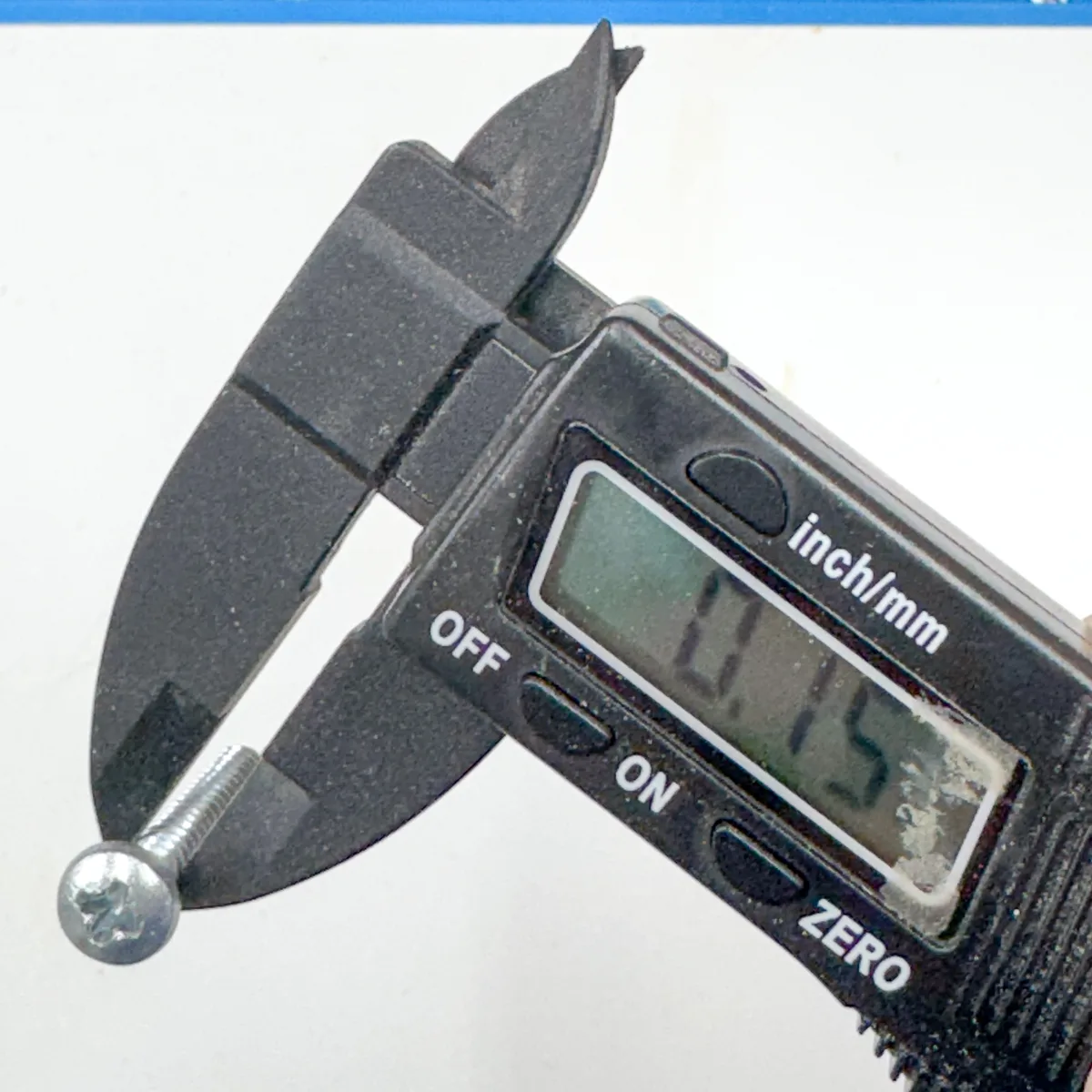
Try to hold the screw between the threads on the narrowest part of the calipers. Make a note of the measurement, then find the corresponding size drill bit.
Remember to size down slightly, especially if the calipers couldn't fit all the way down between the threads. This chart is really helpful for finding the perfect drill bit size if you don't want to convert from decimals to fractions in your head!
Use a Drill Bit Gauge
If you're having trouble sizing screws up by sight, or you have a bin of loose bits that you want to organize, you can use a drill bit gauge. You just place the screw in the gauge and then place the drill bit next to it. I need to get one to sort out this mess!
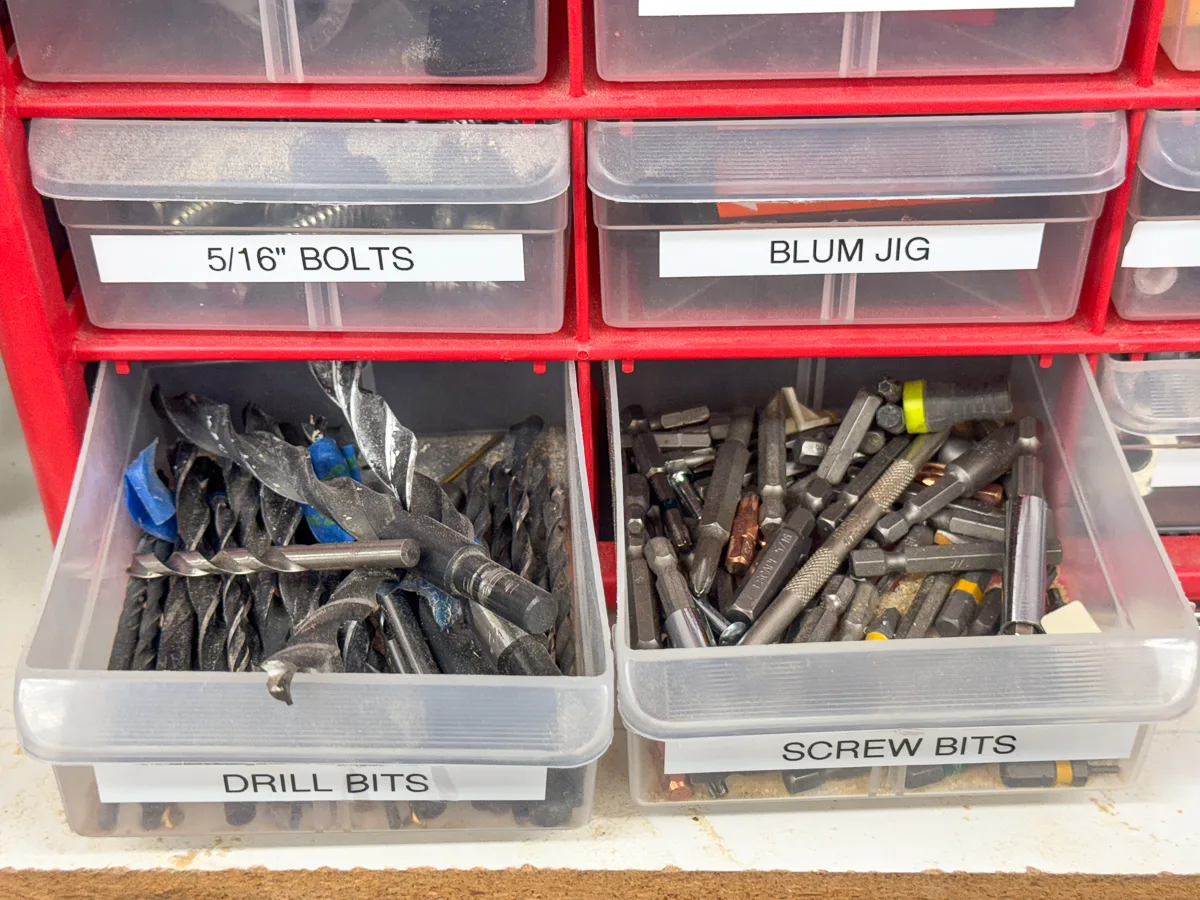
Choose Your Drill Bit Size Based on Material
Your project material also makes a difference in which size drill bit you use. What works for pine might create problems for denser wood or metal.
Softwoods
For softwoods like pine or cedar, you should err on the smaller side for a drill bit. The wood fibers are soft, so the threads can easily cut through. Match the drill bit to the internal diameter of your screw, or even go down a size for a tighter hold.
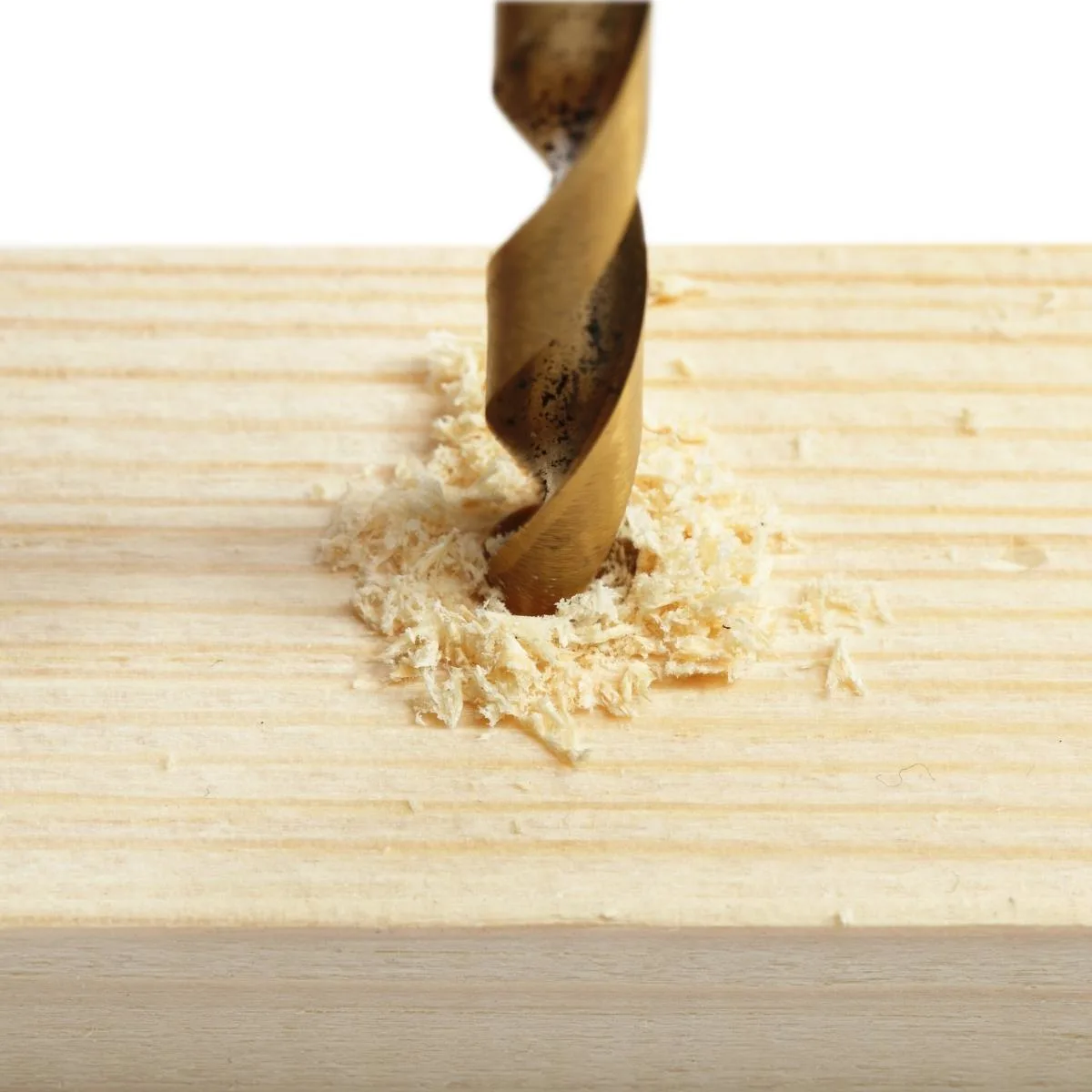
It's important to avoid using an oversized drill bit, which could remove all the material that the screw needs to bite into. The screw will just spin in the hole!
Hardwood
For hardwoods, you want to pre-drill using a matching diameter drill bit. The tight grain of hardwoods makes it prone to cracking if you force the screw through a smaller hole, especially at the end of the board.
Metals
When working with softer metals like aluminum, you may be able to skip the drill bit altogether if you use a self-tapping metal screw. It has a miniature drill bit on the end that bores the perfect sized hole before allowing the threads of the screw to follow.
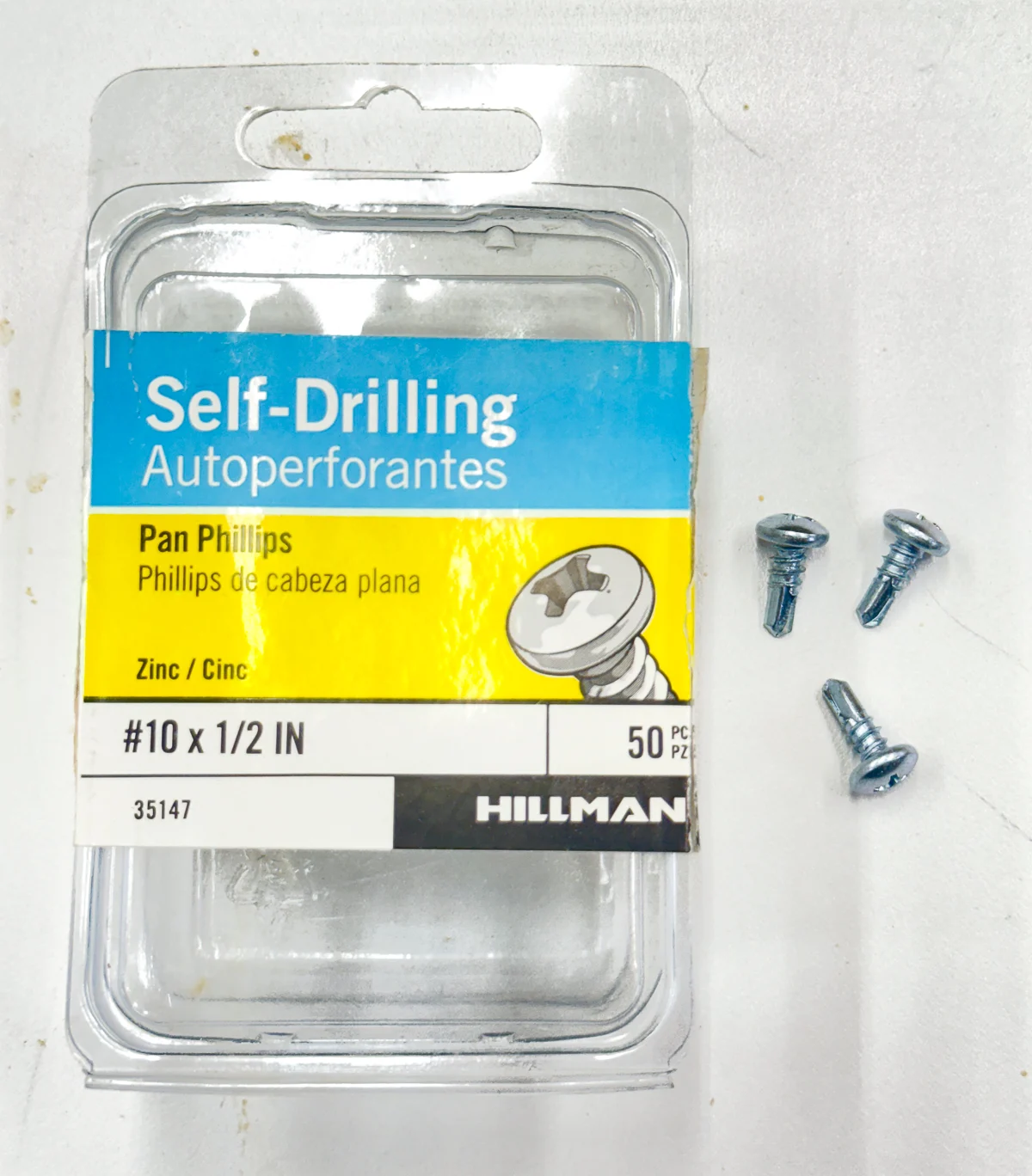
For metals, make sure you have drill bits made or coated with a hardened material (usually some type of carbide or diamond coating). These hardened drill bits are more expensive, but they work much better for drilling metal without heat build up.
Drywall
Drywall anchors are commonly used to mount something on the wall without a stud behind it. You'll want the drill bit to match the size of the main shaft of the anchor. The anchor should fit snugly in the hole without forcing it into place.
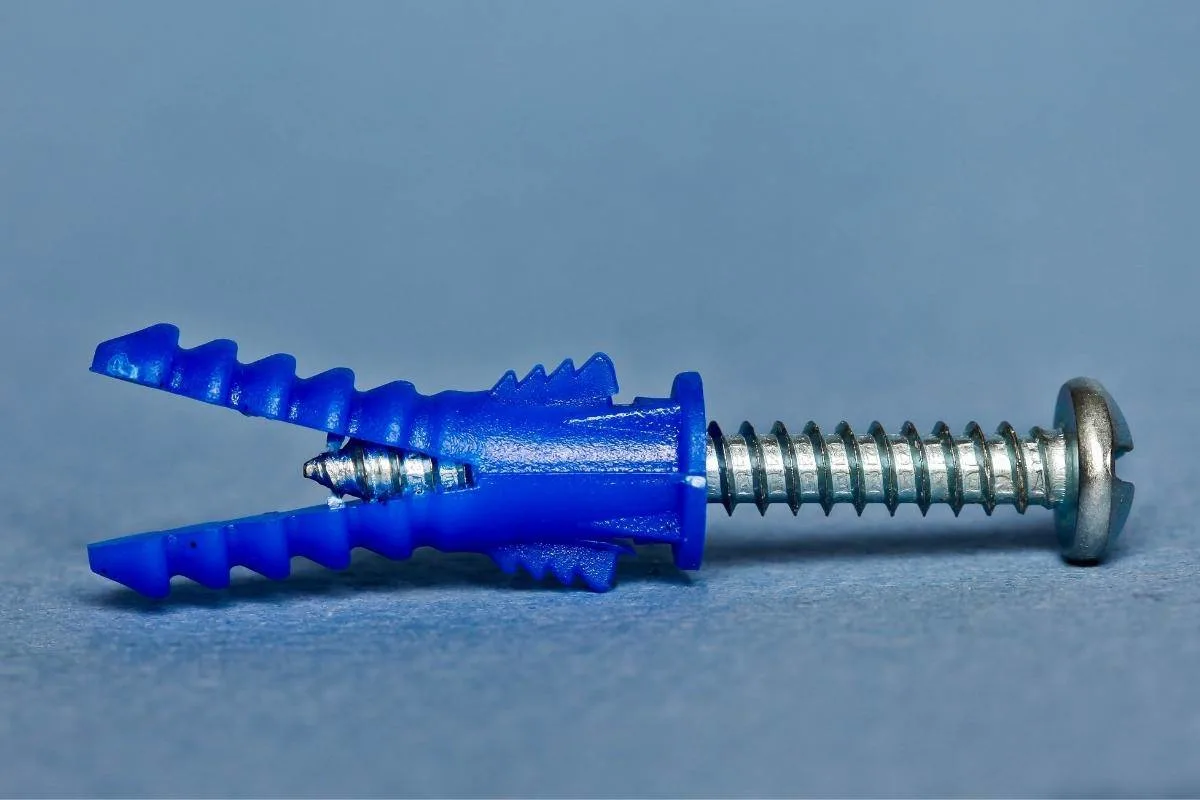
If you mess up or change your mind on the placement of those holes, don't worry! Here's how to repair drywall anchor holes so they just disappear!
Brad Point vs Twist Bits
After you've chosen the correct size, you may also want to consider whether to use a brad point or a regular twist drill bit. A brad point bit has a sharp tip that bites into the wood and prevents the bit from wandering, while the twist bit is flatter.
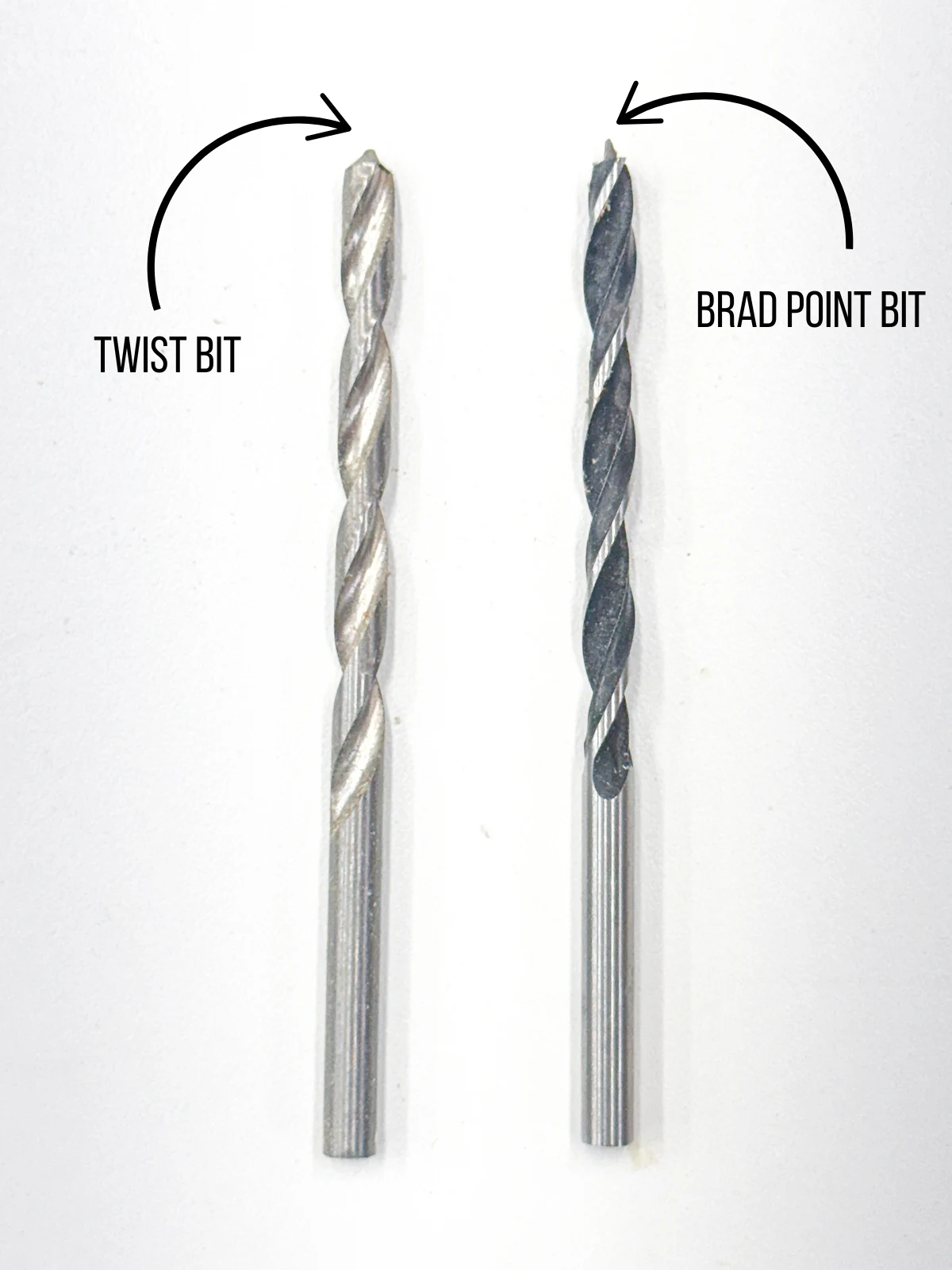
Use brad point bits for woodworking projects where even a slight deviation could spell disaster, like the divider between two sections of this over-fridge cabinet. The slick pre-finished surface also makes it more difficult to keep a twist bit from sliding around.
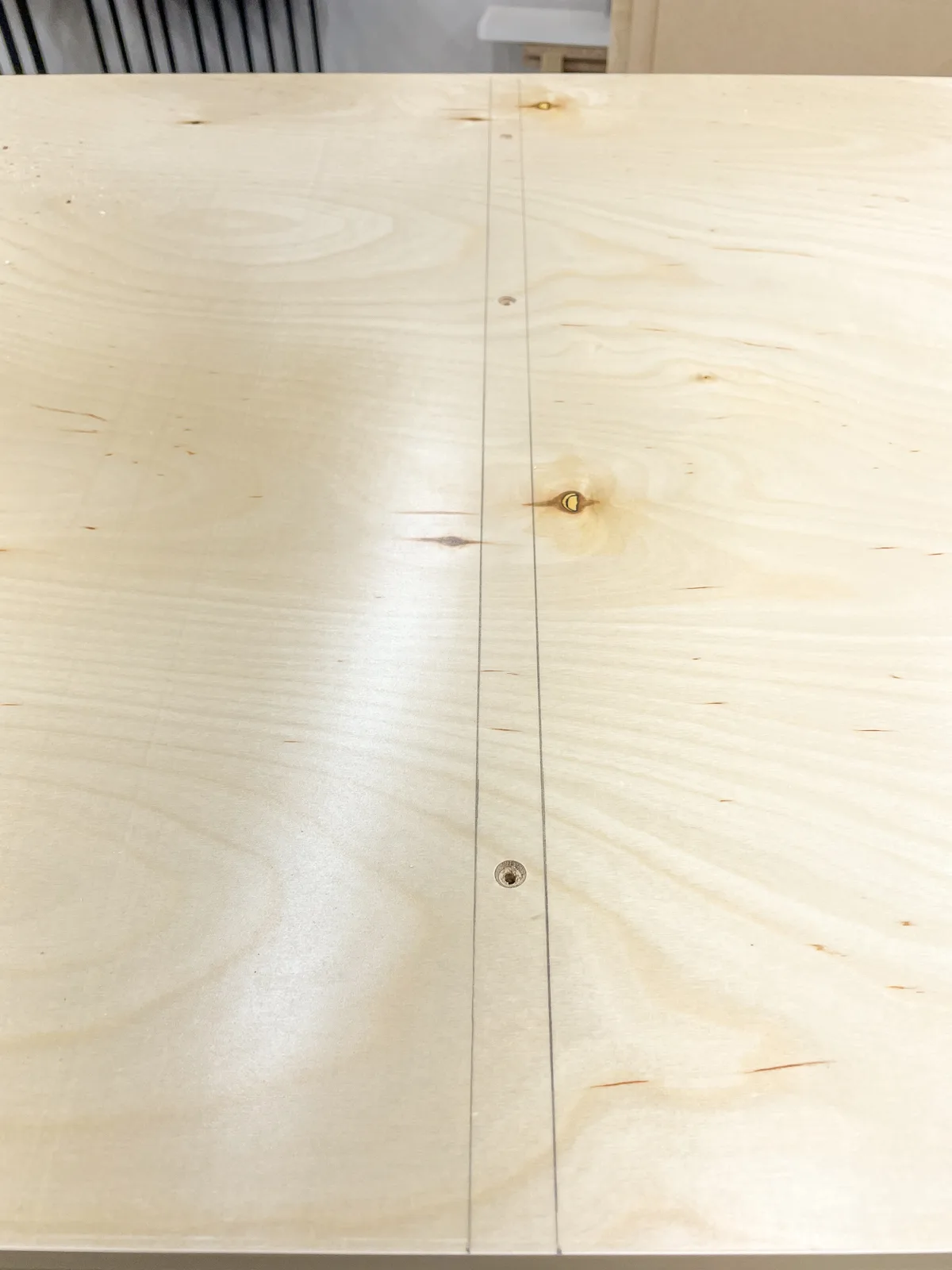
A regular twist bit is fine for most projects, so long as you keep a steady hand on the drill to prevent the bit from skittering around on the surface. This can be especially tricky on metal, so you may want to create an indent with a center punch first to keep the bit in the right spot.
Countersink bits
A countersink bit drills a pilot hole and a divot in the surface for the screw head at the same time. It's important to use the correct diameter bit to countersink screws so there's enough material for the threads to grab onto.
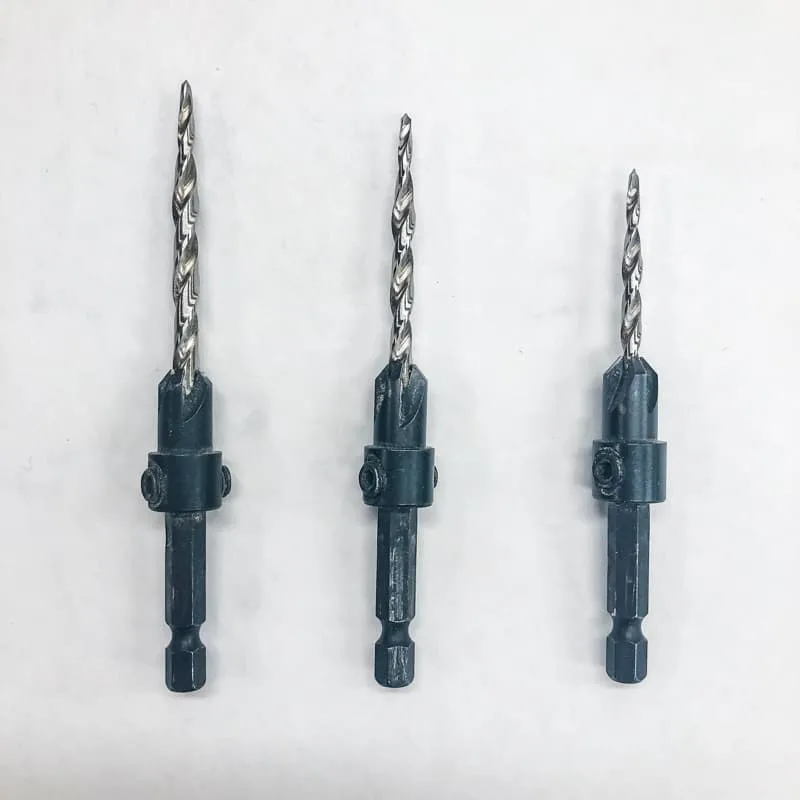
These bits are tapered and adjustable so you can change both the width and depth of the countersink hole. This allows you to match the diameter of the bit to the diameter of the screw without having to buy a huge assortment of countersink bits.
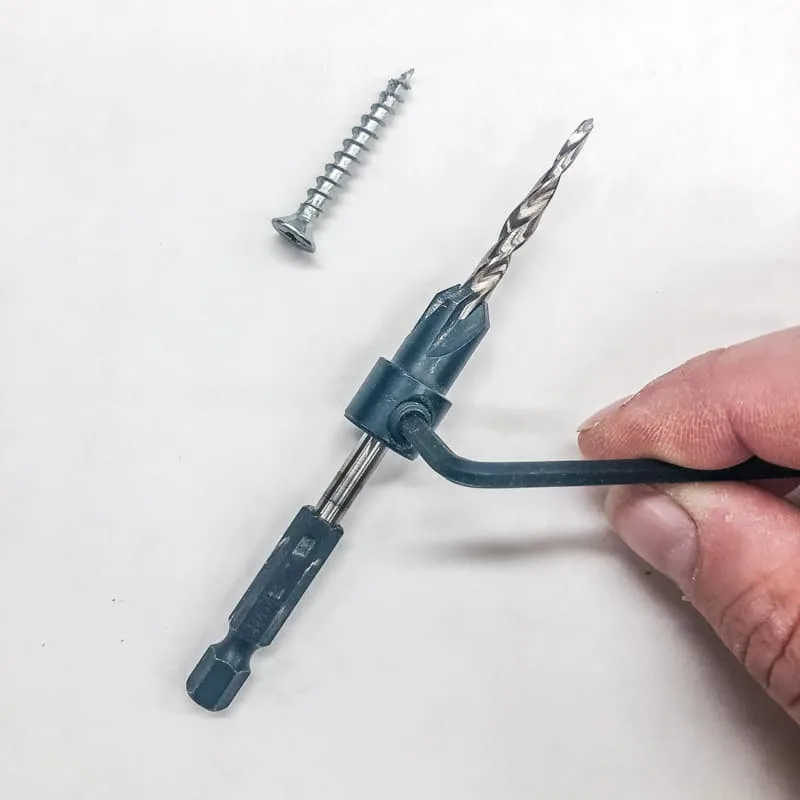
By choosing the right drill bit, you're setting yourself up for a smoother, more precise, and efficient project. Ready for more DIY tutorials? Check these out!

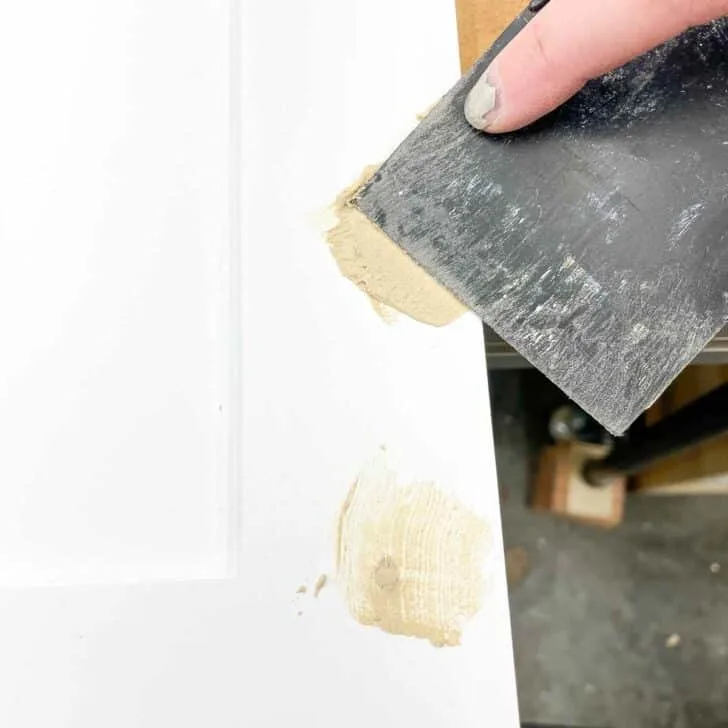
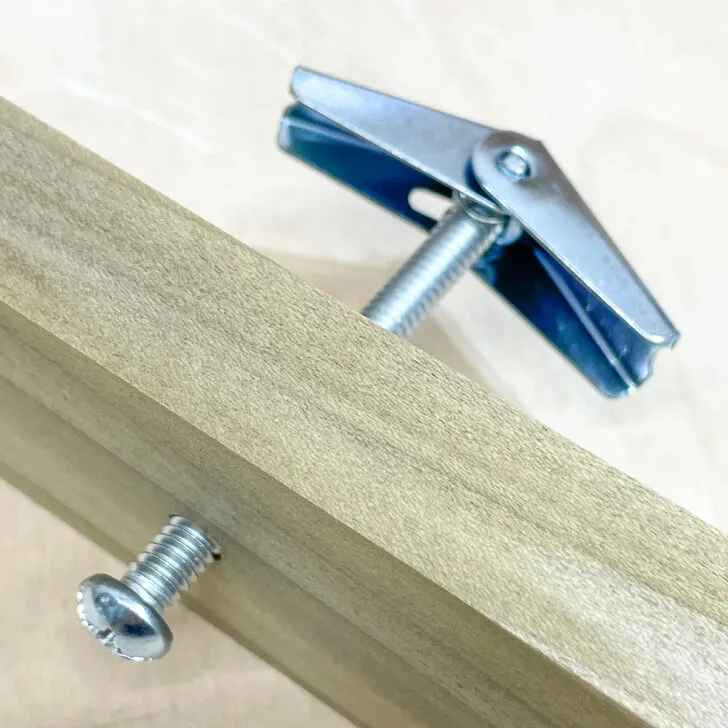
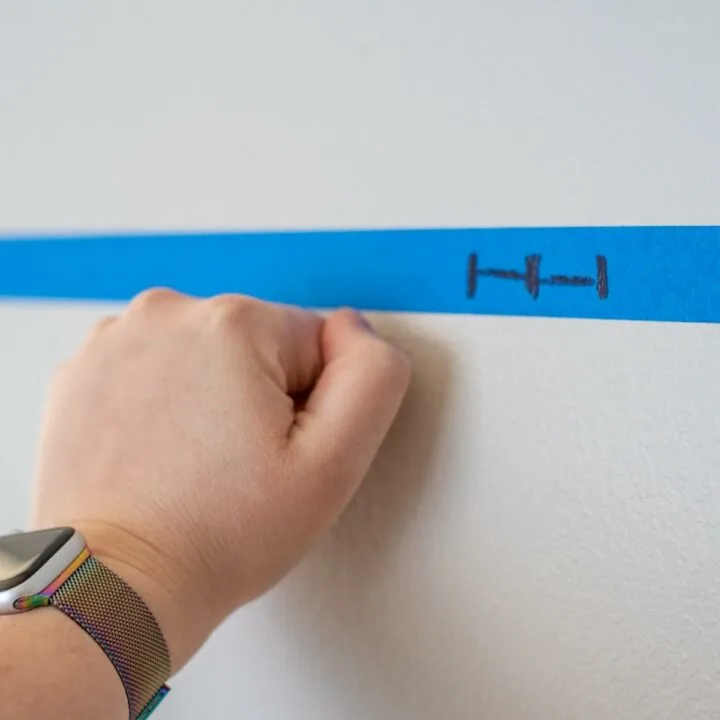
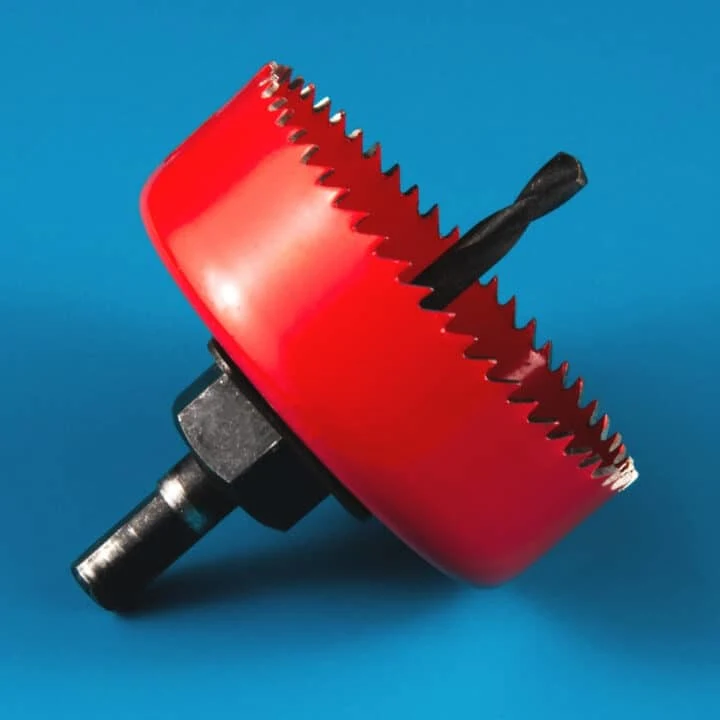
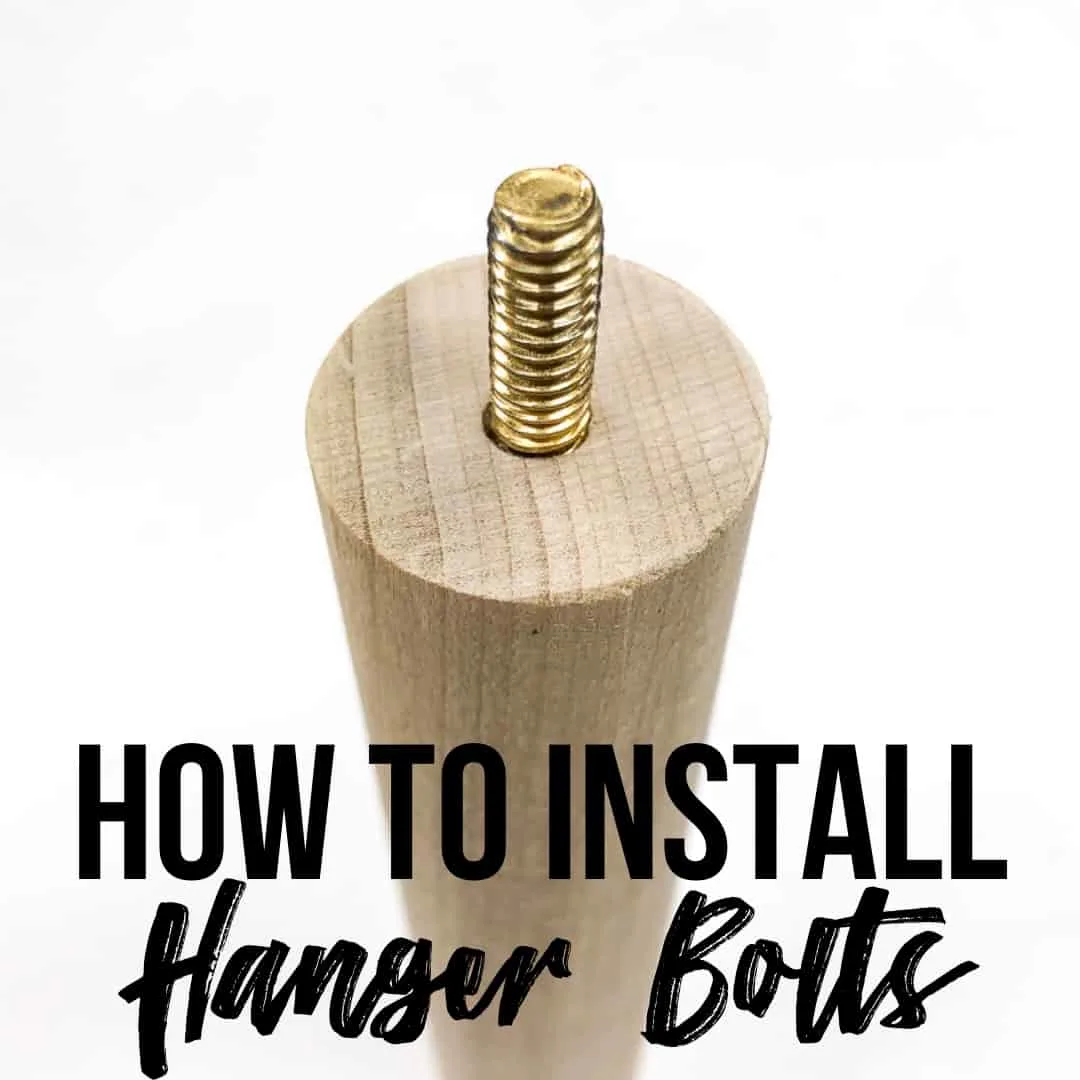
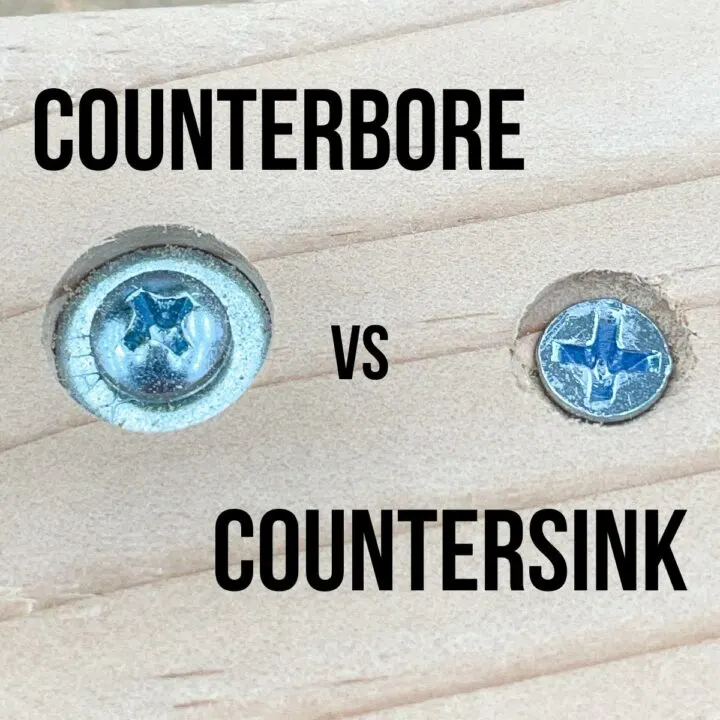
Carol McFadden
Thursday 7th of November 2024
Thanks Vineta. I always struggle choosing the right size of bit. You’ve explained it better than I’ve heard before. I’ll feel much more confident from now on.
Vineta Jackson
Friday 8th of November 2024
I'm so glad you found it helpful!